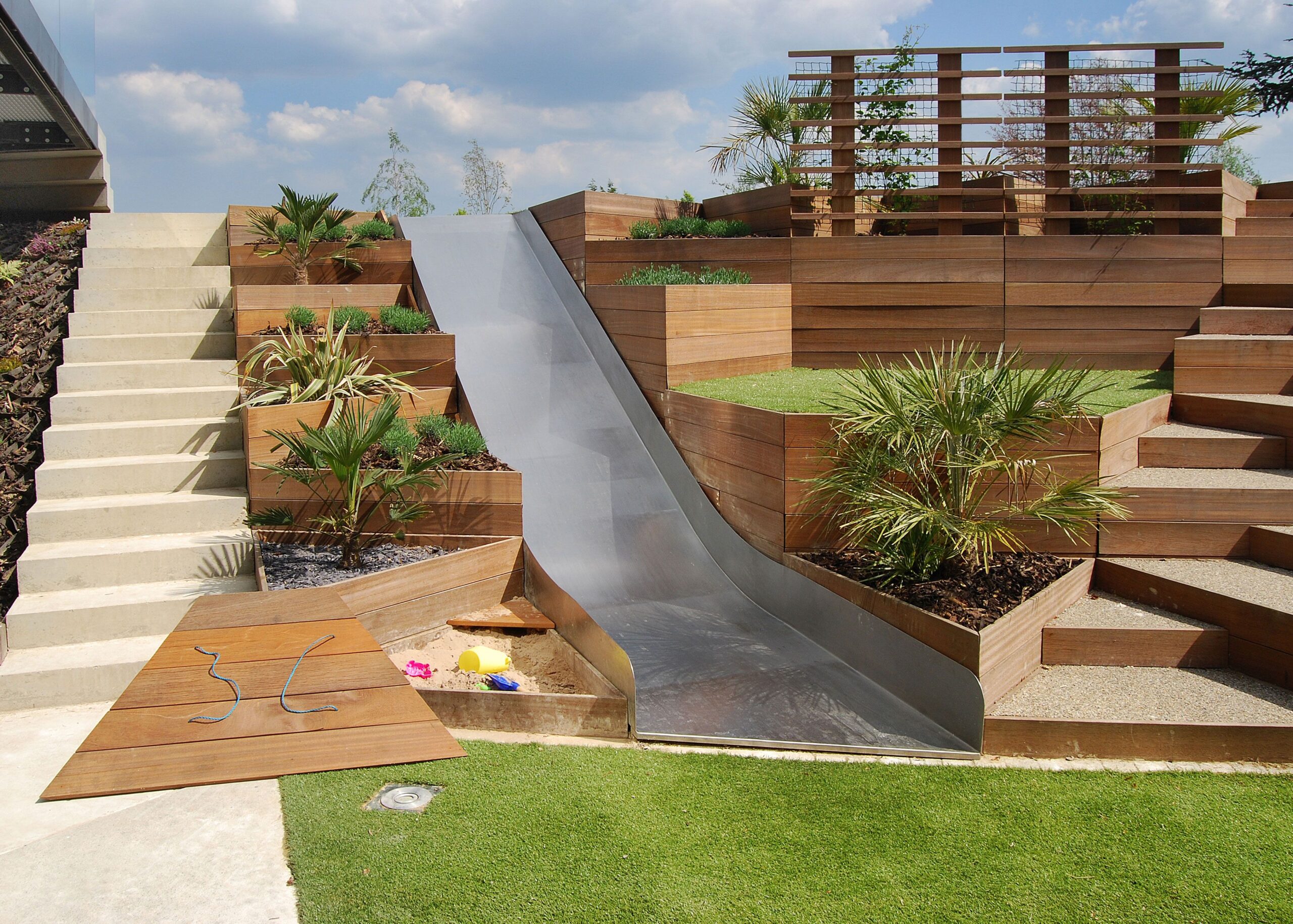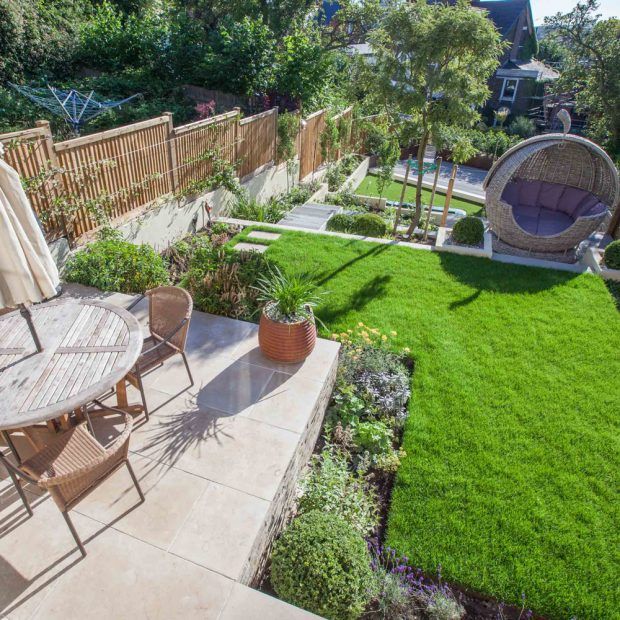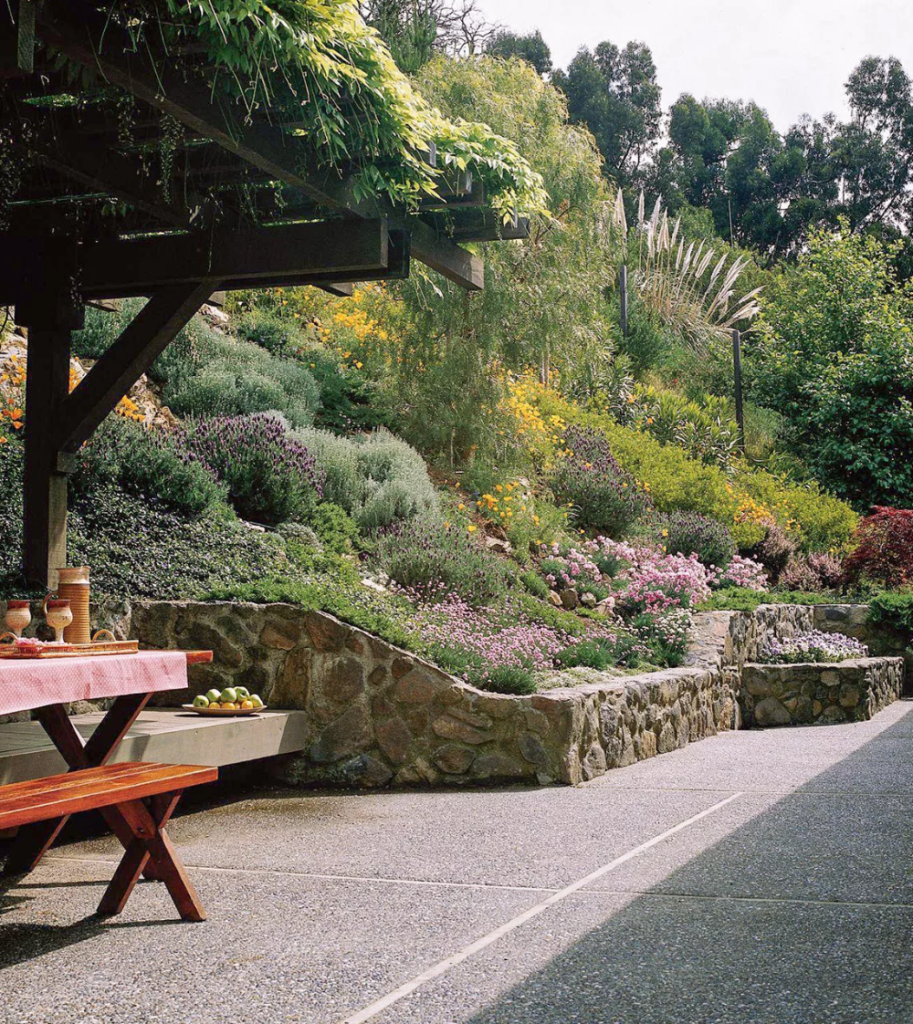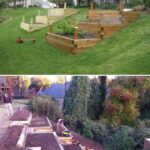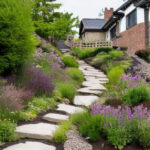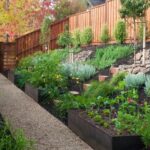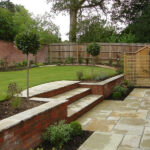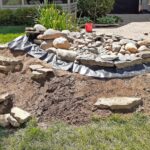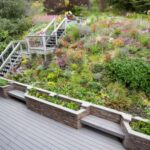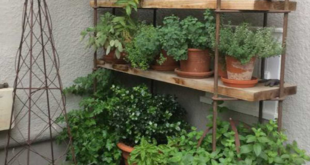When it comes to designing a garden on a slope, there are a few key factors to keep in mind. One of the most important considerations is erosion control. Sloping ground can be prone to erosion, so it is crucial to choose plants and materials that will help prevent soil erosion. Using ground cover plants, retaining walls, and mulch can all help to stabilize the soil and prevent erosion.
Another important consideration when designing a garden on a slope is water management. Sloping ground can cause water to run off quickly, leading to erosion and soil compaction. To prevent this, it is important to create swales, berms, and terraces to slow down the flow of water. Planting moisture-loving plants and installing a drip irrigation system can also help to retain water and prevent soil erosion.
Incorporating retaining walls into the garden design can help to create flat areas for planting and seating areas. Retaining walls can be made from a variety of materials, including stone, timber, and concrete. They can also be terraced to create multiple levels for planting and seating. Retaining walls not only add visual interest to the garden but also help to stabilize the soil and prevent erosion.
When designing a garden on a slope, it is important to take advantage of the natural topography of the land. By incorporating the slope into the design, you can create a visually interesting garden that takes advantage of the natural contours of the land. Planting trees and shrubs at different heights can help to create depth and dimension in the garden, while pathways and steps can help to create access to different areas of the garden.
Another important aspect to consider when designing a garden on a slope is safety. It is important to ensure that pathways and seating areas are secure and safe to use. Installing handrails and lighting along pathways can help to prevent slips and falls, while ensuring that retaining walls are structurally sound will help to prevent accidents. Additionally, it is important to consider the type of plants and materials used in the garden to prevent allergies and other health issues.
In conclusion, designing a garden on a slope can be a challenging but rewarding project. By considering factors such as erosion control, water management, retaining walls, topography, and safety, you can create a beautiful and functional garden that takes advantage of the natural contours of the land. With proper planning and design, a sloping garden can become a unique and visually stunning outdoor space.
 yishifashion Where Outdoor Dreams Become Reality
yishifashion Where Outdoor Dreams Become Reality
